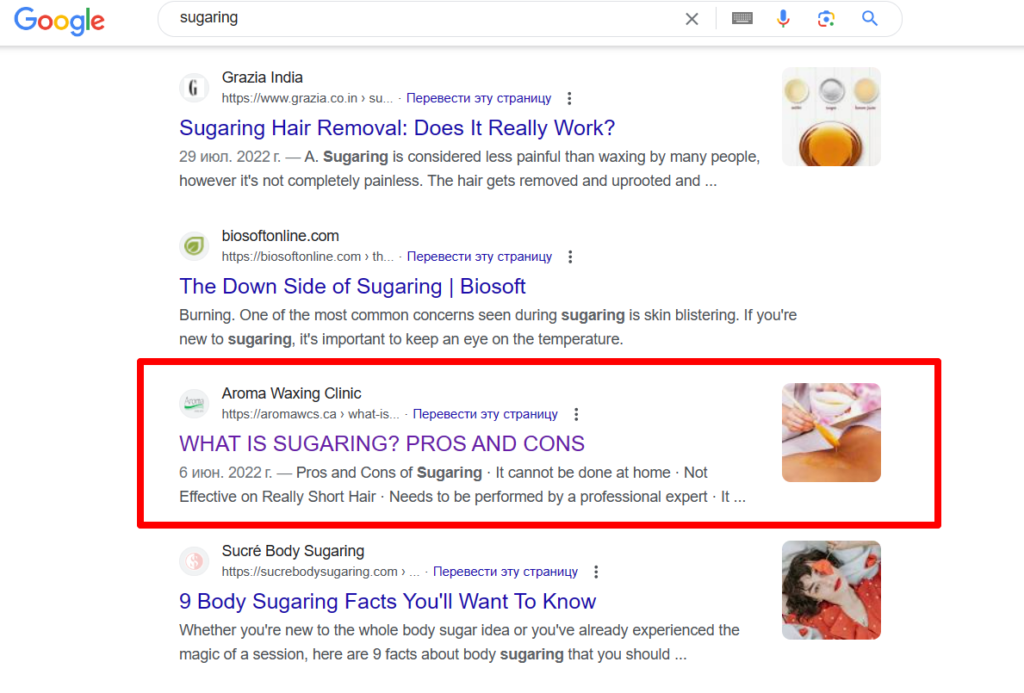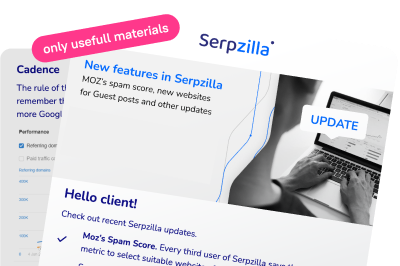Working with the semantic core of a site is a primary task for an SEO specialist. Analyze search queries your audience uses to find sites and select those for promotion. Regularly revisit and update the semantic core to maintain its relevance and stay competitive.
User queries in Google are divided into three types: informational, navigational and transactional.
- Transactional (and its commercial subgroup): Used by users to find where to buy a product, order a service, download content, etc. – to perform a certain action or transaction. This group of queries is mainly focused on promoting online stores and other commercial resources.
- Navigational: Related to searching for specific websites or information on them – internet navigation.
- Informational: Users seek information, often containing pronouns like “what,” “how,” “why,” etc. Multimedia queries, when users look for pictures, songs, videos, or movies, are a separate subgroup of informational queries. These are the basis of the semantic core for informational sites. For commercial sites, it’s not advisable to place keywords for informational queries on product and category pages.
When determining the query type, consider:
- The grammatical form of the word (number, case, prepositions nearby). Sometimes, search engines perceive the same word differently depending on its form.
- Synonymy: Search engines often identify synonyms as different types of queries, even if the word meaning is the same.
Identifying the Type of Search Query
When dealing with search queries, you may come across ones where the user’s intent is unclear. These are often short phrases or single words, such as “sugaring.” It’s uncertain whether the user is looking for information about what sugaring is or wants to find a place to receive the sugaring treatment.
Importance of Understanding Search Query Types
- It’s crucial to recognize that the type of query is not determined by strict academic rules. What matters most is how the search engine interprets the query, and this interpretation can change over time.
- Additionally, a query can be of a mixed nature. For example, it might be 40% informational and 60% commercial. This implies that 40% of search results might be links to informational articles about the subject of the query, while 60% could be links to stores or service providers’ websites.
Example of Mixed Search Query Interpretation
- Taking “sugaring” as an example, the search results might include a mix of informational articles and commercial results. In such cases, the search results page might display a combination of these two types, with commercial results ( highlighted with a red outline) interspersed with informational ones.

This understanding of query types is vital for SEO specialists as it guides them in optimizing content to cater to the mixed intent behind a single search query. By analyzing the ratio of informational to commercial content in search results, SEO strategies can be fine-tuned to match what both search engines and users deem most relevant.
To determine the query type, you can:
- Manually check such queries by entering them into the search bar and analyzing the search results: what percentage of the results are commercial pages. This method is free but time-consuming.
- Use services to determine query commercialization: JustMagic’s clusterizer (paid), ARSENKIN TOOLS (free version available but with limited options), Pixel Tools (paid, but some free checks available daily after registration).



